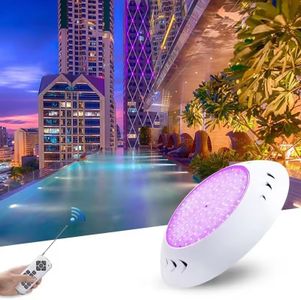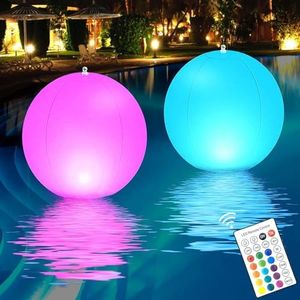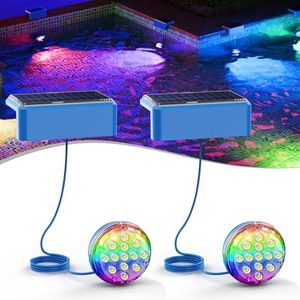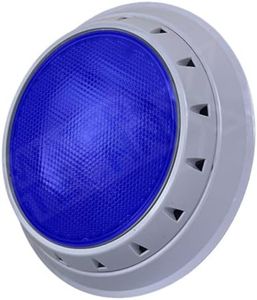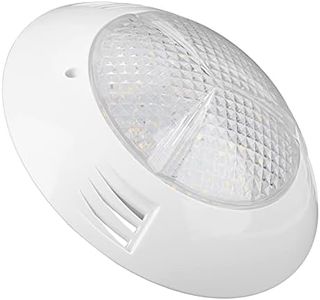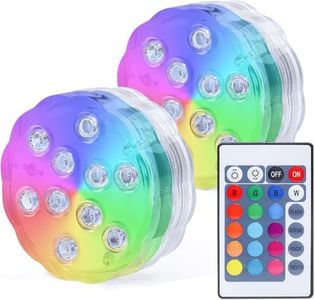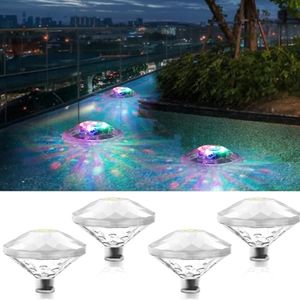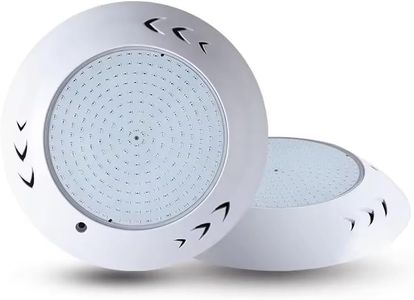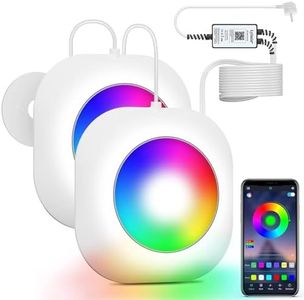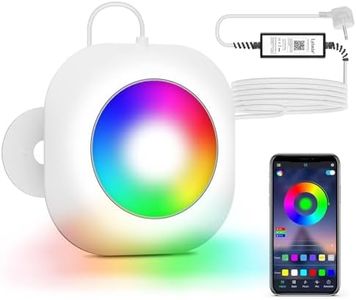We Use CookiesWe use cookies to enhance the security, performance,
functionality and for analytical and promotional activities. By continuing to browse this site you
are agreeing to our privacy policy
10 Best Pool Lights
From leading brands and best sellers available on the web.Buying Guide for the Best Pool Lights
Choosing the right pool lights can greatly enhance the look, safety, and functionality of your swimming pool. The best lights for your pool depend on its size, location (indoor or outdoor), how you use your pool (entertaining, relaxing, night swimming), and your personal preferences for brightness and color. Understanding key features will help you narrow down the options and pick lights that provide the desired atmosphere and meet your needs.Type of Light (LED, Halogen, Fiber Optic)This refers to the technology used to produce light in your pool. LED lights are the most popular due to their energy efficiency, long lifespan, and vibrant color options. Halogen lights were commonly used in the past and provide a warmer light but consume more energy and have a shorter lifespan. Fiber optic lights are safe and easy to replace since the actual light source is outside the pool, but they're less bright. To choose, consider energy usage, brightness, color flexibility, and maintenance. For most people, LED lights offer the best balance for modern pool setups.
Brightness (Lumens)Brightness measures how much light the pool light emits, usually in lumens. A higher lumen value means a brighter light. Small pools or spas often need lights in the lower lumen range, while large or deep pools require higher brightness to ensure safety and an appealing look. Think about how much light you want—subtle for ambiance or bright for swimming—and pick lumens accordingly. Also, multiple lower-lumen lights can offer even coverage instead of a single intense source.
Color Options (Single Color vs. Multicolor/RGB)Color options let you set moods with simple white light or choose from a range of colors with RGB (red, green, blue) capabilities. Standard lights offer a single white color, while advanced models can provide multiple colors and lighting effects you can change via remote or a control panel. If you like to host parties or want to create different atmospheres, consider multicolor lights. If you prefer a classic, clean look, white lights may suit you best.
Installation Type (Flush Mount, Surface Mount, Floating)Installation type refers to how the light is positioned in or around the pool. Flush mount lights are built into the walls and give a sleek, low-profile look. Surface mount lights are attached on top of the pool wall, making them easier to install or replace, but they may stick out a bit. Floating lights are not fixed into the pool but float on the surface, perfect if you want a temporary effect or can’t modify your pool structure. Pick the type based on your pool design—new builds can include flush mounts, while existing pools may favor surface or floating options.
Waterproof Rating (IP Rating)The waterproof rating, often shown as an IP number, tells you how well the light can handle water exposure. For pool use, look for a high rating like IP68, which means the light can be fully submerged for long periods. Lower ratings might only withstand splashes, making them unfit for underwater use. Ensure the rating matches your installation location to guarantee safety and durability.
Control Method (Manual, Remote, App-enabled)Control method is how you turn lights on/off or change their settings. Basic lights use manual switches, while others come with remotes or can be controlled by a smartphone app, allowing for easy color changes, timers, or dimming. Think about your lifestyle—if you want convenience or like adjusting settings often, remote or app-enabled lights are smart choices, while simple switches work for those who don’t need frequent changes.
Compatibility with Existing Pool SystemsCompatibility means how well the lights fit with your current pool setup, including your electrical system and any control systems you use. Some lights might require special transformers or only work with set voltage levels. Before choosing, check the technical details and make sure the lights will integrate smoothly, especially if you plan to use advanced controls or automation features.
